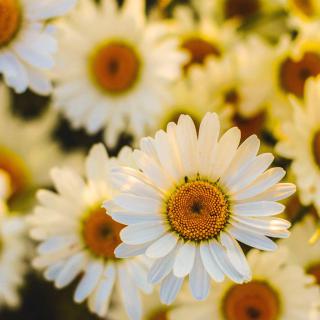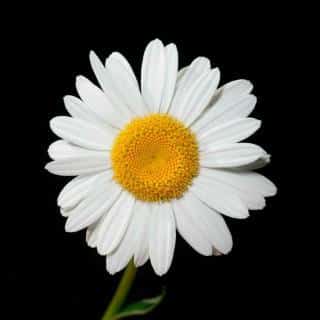

Daisy is the name given to a host of varieties and so they come in different shapes and colors.
Key Daisy facts
Name – Leucanthemum vulgare or Chrysanthemum leucanthemum
Family – Asteraceae
Type – perennial
Height – 8 to 32 inches (20 to 80 cm)
Exposure – full sun
Soil – rich to ordinary
Flowering – June to October
But the common daisy, or oxeye daisy, is a cute little herbaceous plant that is most often met in the wild.
For plants purchased in nursery pots, best is to plant in spring, from April to June.
It is also possible to proceed to sow directly in the ground starting anytime in March and April.
Daisies loves virtually all types of soil, and flower most when in full sun.

Remove wilted flowers as they appear, since this will enhance production of new flowers.
Water in case of prolonged dry spells and heat waves.

It only calls for very little care (watering, cutting back once a year) and grows quite fast.
It is often encountered in flower beds or along edges, but it also finds itself perfectly paired with other flowers in garden boxes and bouquets.
A favorite among children is to gather daisies and tie the stems together to create beautiful wreaths to wear as a crown or bracelet. This was so common that in the early days of electronics, whenever identical components were connected in series, it was called a “daisy chain“.
Young, fresh daisy leaves can be added to your culinary preparations, especially to mixed salads.
Daisies are traditionally offered to best friends’ 5th wedding anniversary – do you know anyone celebrating this milestone today?